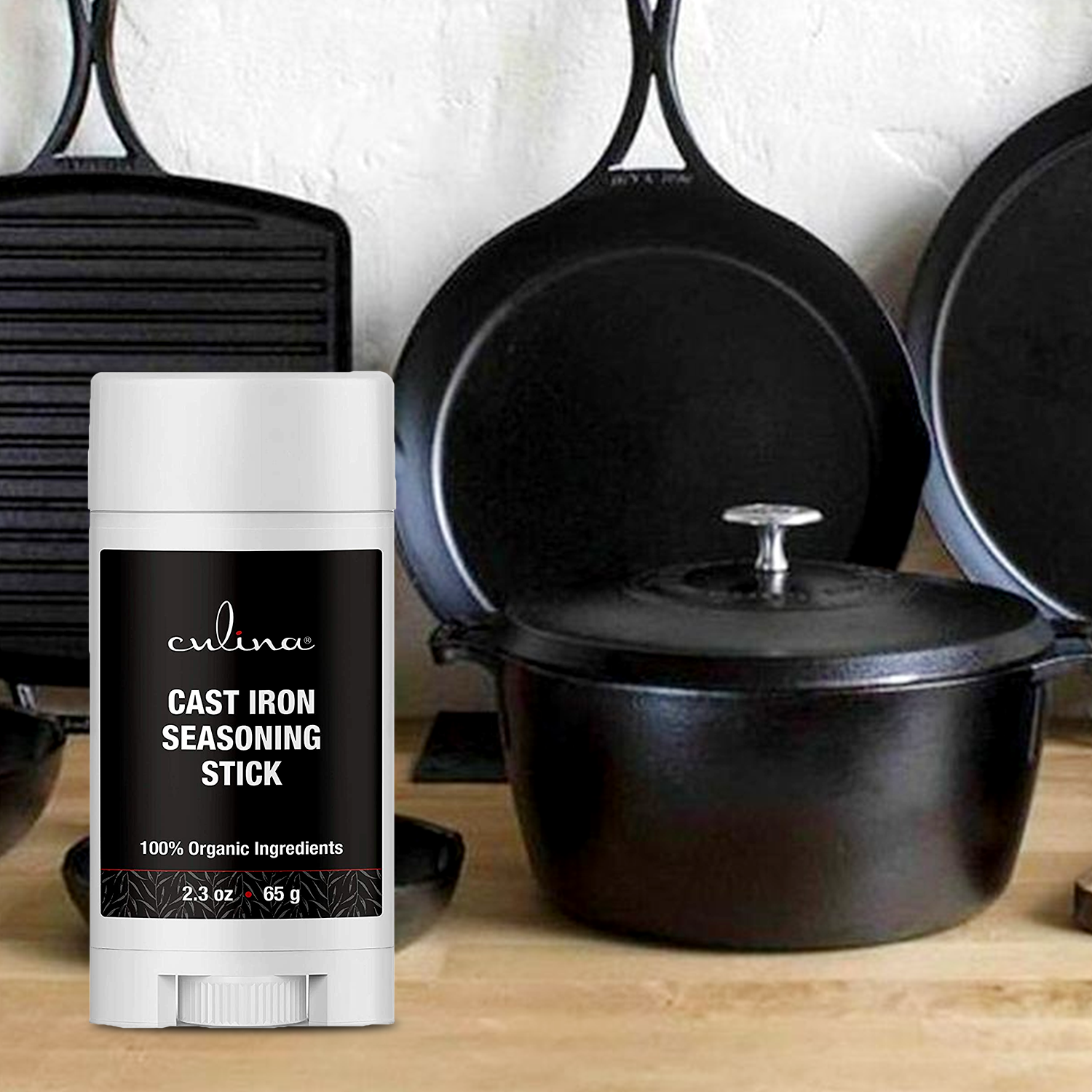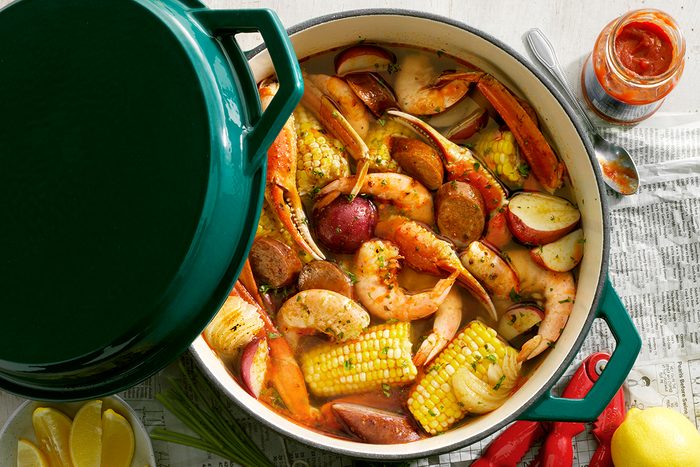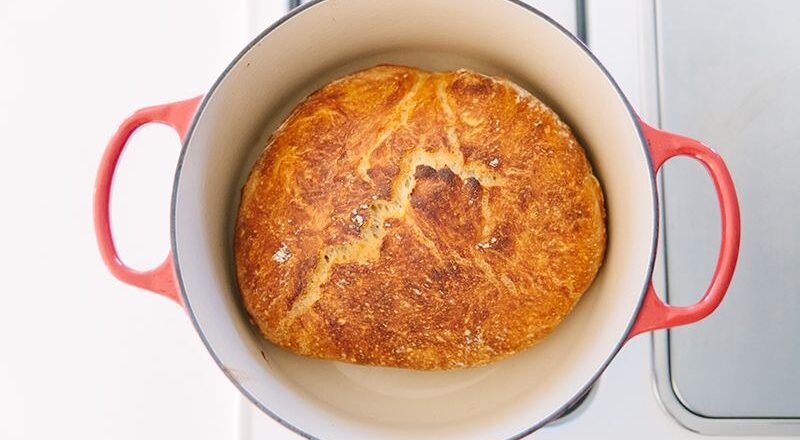Seasoning a rusted Dutch oven can seem like a daunting task, but its here and its easier than you might think. Whether you found an old rusty oven in your attic or you simply forgot to dry it properly after the last use, dont worry! This guide will show you how to restore and season a rusty Dutch oven, turning it back into a delight for your kitchen. You’ll be delighted to see how easy it is to give your cast iron a new life.

Why Seasoning Your Dutch Oven Is Important?
Seasoning is a tremendous part of maintaining your cast iron cookware. It creates a natural, non-stick coating that improves with use, providing better and more even cooking results. Additionally, a well-seasoned Dutch oven resists rust and adds a layer of flavor to your food.

Tools Youll Need
- Rubber gloves
- Steel wool or a wire brush
- Hot water
- Soap or mild detergent
- Towel or cloth
- Vegetable oil or shortening
- Aluminum foil
- Baking sheet

Step-by-Step Guide to Season a Rusted Dutch Oven
1. Cleaning the Rust
Begin by scrubbing the rusty areas with steel wool or a wire brush. Make sure to wear rubber gloves to protect your hands. Use hot water and a small amount of soap to help remove the rust. Rinse thoroughly to ensure no soap residue remains.
For more detailed instructions on cleaning, visit this Serious Eats article.
2. Drying the Dutch Oven
Once cleaned, dry the Dutch oven thoroughly. You may use a towel or place it on a stovetop or in an oven set at low heat to ensure that all moisture evaporates.
3. Applying the Oil
Coat the entire inside and outside of the Dutch oven with a thin, even layer of vegetable oil or shortening. Be sure to cover all surfaces, including the lid. Use a cloth or paper towel to spread the oil evenly.
4. Baking the Dutch Oven
Preheat your oven to 375F (190C). Line a baking sheet with aluminum foil to catch any drips. Place the Dutch oven and lid upside down on the baking sheet and bake for one hour.
For more on using Dutch ovens in cooking, see pot roast in Dutch oven.
5. Cooling Down
After one hour, turn the oven off and let the Dutch oven cool inside the oven. This gradual cooling helps the seasoning bond better to the iron. Once cool, store your Dutch oven in a dry place.
Maintaining Your Seasoned Dutch Oven
To keep your Dutch oven in terrific condition, always clean it after use without using soap. Simply rinse with hot water and dry thoroughly. Reapply a thin layer of oil before storing to maintain the seasoning.
Re-seasoning Tips
- If food starts sticking or the coating looks uneven, repeat the seasoning process.
- Maintain the seasoning by regularly using the oven; cooking fatty foods helps strengthen the seasoning.
Tips to Avoid Rust
Make sure your Dutch oven is always dried thoroughly after washing. Store it in a dry place. Periodically check it for signs of rust and treat them immediately.
Conclusion
Seasoning a rusted Dutch oven is a manageable task that, with some effort, yields tremendous results. Its here and it’s time to give your cookware a new life and enjoy rust-free, non-stick cooking for years to come.
FAQs
How often should I season my Dutch oven?
It depends on how often you use it. Regular use can help maintain the seasoning, but if it starts to look dull or food starts sticking, its time to re-season.
Can I use olive oil for seasoning?
It’s not recommended as olive oil can leave a sticky residue. Use vegetable oil or shortening for best results.
What if my Dutch oven is still sticky after seasoning?
This usually means too much oil was used. Wipe off the excess oil and bake it again for an additional hour.
As an Amazon Associate, I earn from qualifying purchases.

